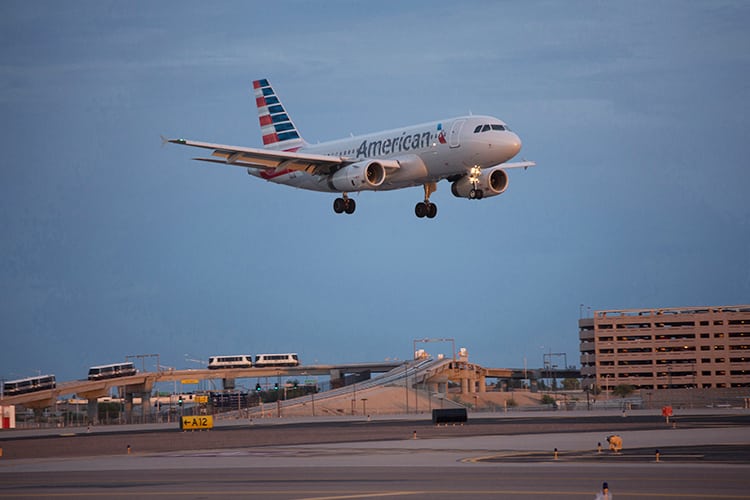The danger birds pose to airplanes is no joke.
In the past four years just at Los Angeles International Airport, birds and other wildlife hit aircraft more than 500 times, according to Federal Aviation Administration data.
At Phoenix Sky Harbor International Airport, wildlife hit aircraft more than 230 times from August 2014 to this August.
And remember, it was a flock of geese that forced Capt. Chesley “Sully” Sullenberger and co-pilot Jeff Skiles to land their Airbus 320 on the Hudson River in 2009. All 155 passengers and crew aboard survived.
That famous bird strike got a California Institute of Technology scientist thinking about a high-tech solution.
Aerospace professor Soon-Jo Chung was troubled that it came down to the pilots’ skill to save Flight 1549, which had just left New York’s LaGuardia Airport.
“It made me think that next time might not have such a happy ending,” Chung said in a news release from Caltech.
He and his colleagues worked on an algorithm that enables a single self-guided drone to herd flocks of birds away from an airport.
The algorithm is based on a study of flock dynamics, where each bird influences the movement of the next. Chung’s idea is to have a drone fly close enough to a flock to steer it away from an airfield, but not so close that the birds scatter and become a greater risk to planes.
It’s not just theoretical. They’ve tested it with drones and birds near a field in South Korea. But no airport has adopted the technology so far.
It’s potentially a big leap forward. At LAX, crews still cope with birds the old fashioned-way, using traps and car horns.
“They drive the car all over trying to find birds or flocks of birds, and if they see some that are on the ground, they give them a toot and off they go,” said Keith Wilschetz, deputy executive director for operations and emergency management at LAX.
At Sky Harbor, a wildlife biologist helps keep these strikes at a minimum. Employees patrol the airfield “around the clock” to identify hazards, and they employ bioacoustics – vehicle horns and pyrotechnics that emit “a high screeching sound or a detonation sound,” according to an email from airport spokesman Gregory Roybal.
He said the airport mixes things up so the wildlife doesn’t get a chance to become acclimated to their methods. Crews also reduce water and vegetation, which attract wildlife, around the airport, Roybal said.
When such solutions fail, it’s costly, not to mention potentially deadly.
At LAX, the strikes over a four-year period caused $1.7 million in damage, according to the FAA data.
The most expensive LAX bird strike was when a Clark’s grebe hit a Quantas Airlines 747 in 2016. Damages: $1.5 million. That same year, a hoary bat did $200,000 in damage to an Airbus 320 passenger plane.
Birds of all kinds collide with planes – from the Acadian flycatcher to the yellow-rumped warbler – but in most cases the breed is simply unknown. Why? Because there’s not much left to analyze.
Story by SHARON McNARY, KPCC




